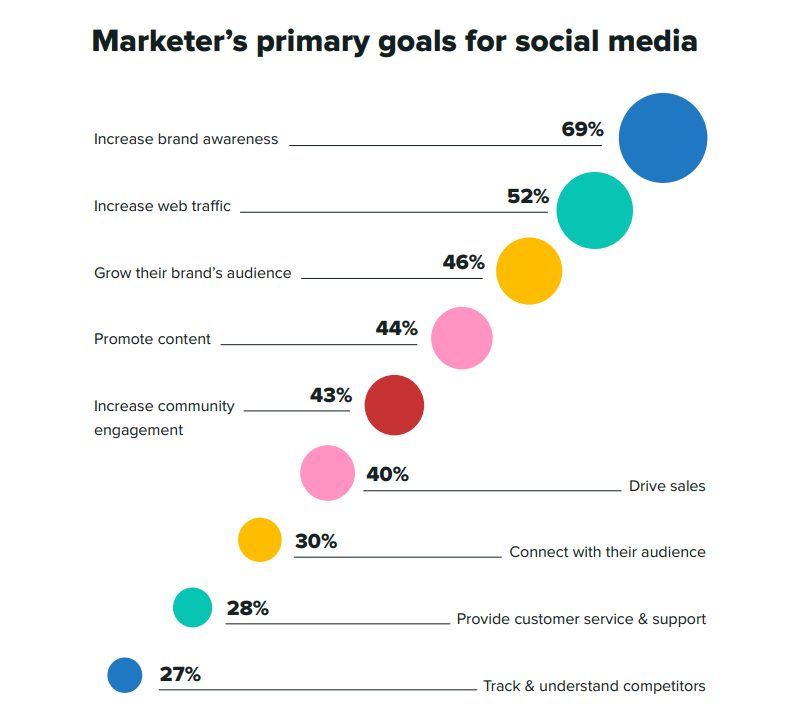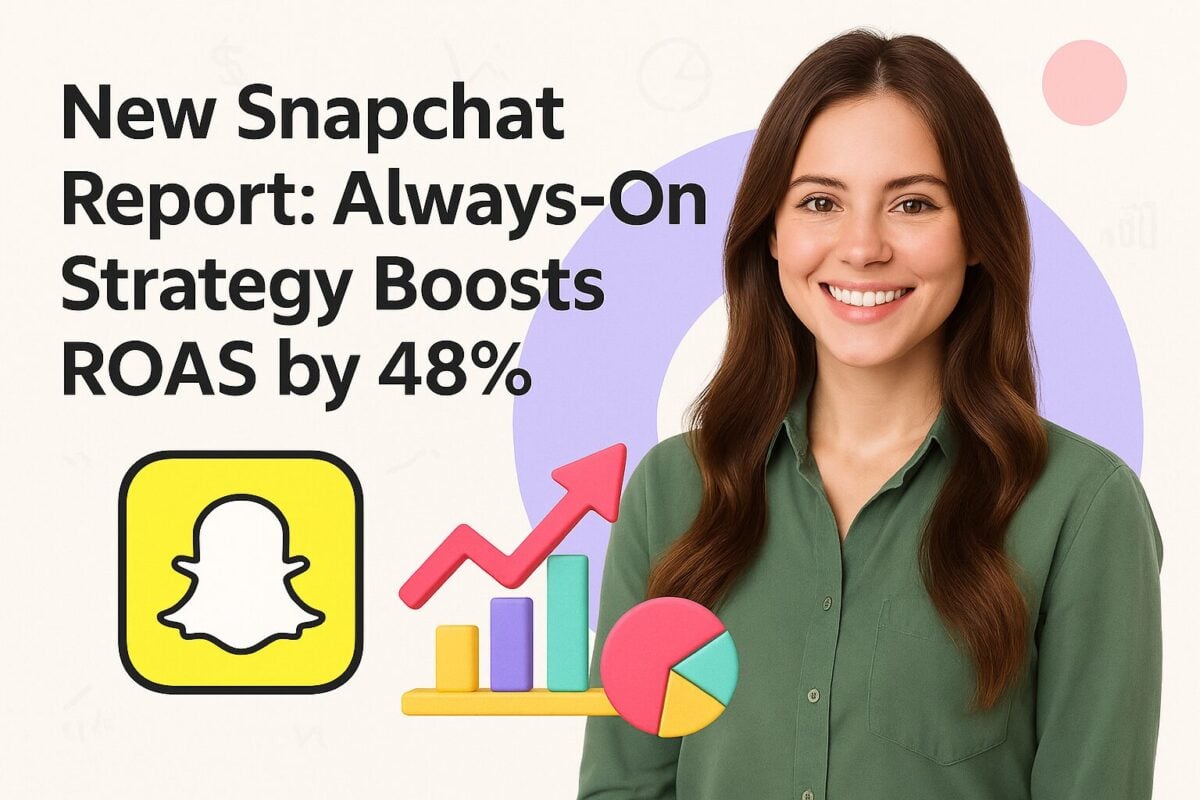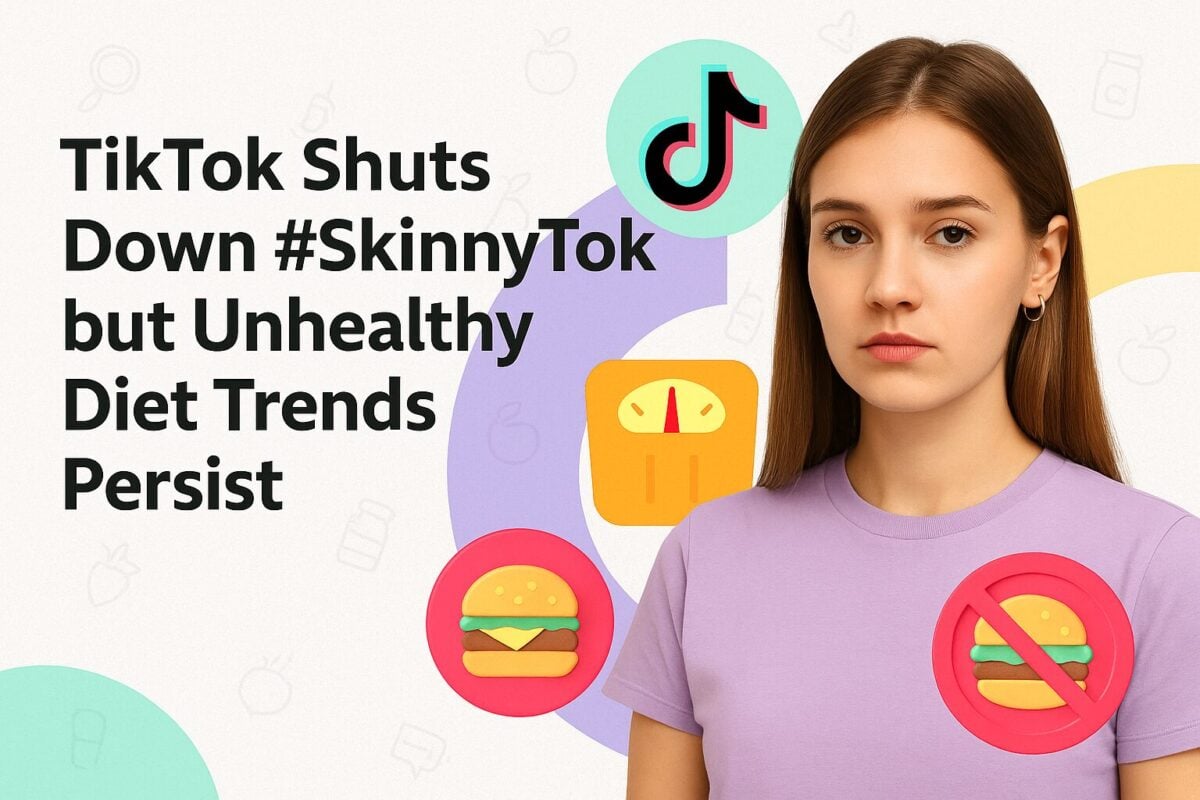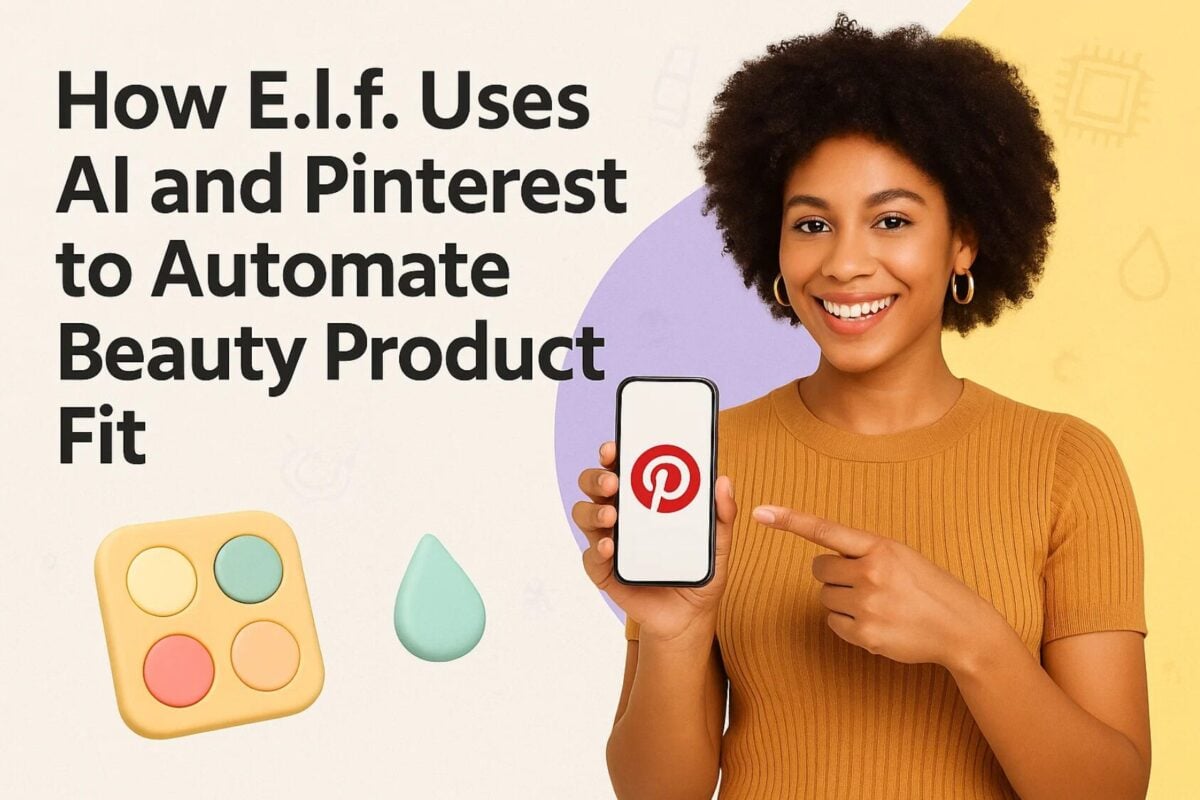Social media marketers—who are you talking to? Or better yet, who do you think you're talking to? If you don't have a clear answer, then it's likely everybody (and nobody).
And it's hurting your chances of reaching the right people.
The solution: Learn who your target audience is and how to reach them.
That's what we'll discuss today. Let's look at what it takes to find your ideal customers, so you can connect with them.
4 Ways to Find Your Target Audience On Social (& How to Reach Them):
How do you find your target audience?
Before you can "find" your target audience, you have to know who they are. So the first step is building a customer persona. And I'm not just talking about the ones you have in a Google Drive file collecting virtual dust.
But those with actionable information needed to build successful marketing campaigns. And that goes beyond identifying basic audience demographics like income level, education level, and marital status.
If you want a true competitive advantage, then you need to learn things about your audience, like their:
- Favorite social platform to get information (Twitter, Facebook, Reddit?)
- Preferred type of content to read (topics and formats, like blog posts, videos, and Stories)
- Popular topics to discuss (news, people, events?)
- Trusted people they follow and engage with (influencers, thought leaders, brands, bloggers?)
With this knowledge, not only do you have a better understanding of your tribe—you also know what content to create. Your ticket to developing a winning marketing plan.
But how do you get this information?
Let's break it down.
1. Get it from the source...your current customers
There are two ways to get 1st-party data from current customers: surveys and interviews. One is more convenient for everyone. And the other offers hidden gems you can't get anywhere else.
Interviews capture more than a survey can. For example, the emotions when describing a problem or how your solution resolves it. Plus, interviews open the door to follow-up questions—a gold mine for adding context, examples, and backstory for your notes.
Then you also get a vocabulary list to use in your marketing messages and keyword research.
Surveys offer none of this—just short sentences, one-off answers, or rambling paragraphs. Not the weight needed to capture your audience's essence in your content.
So what do you ask in your customer surveys? The goal is to learn their "triggers" and habits so you can address them in your content. Katelyn Bourgoin breaks this down step-by-step in her interview with Amanda Natividad.
2. Tap into social listening tools
There's a lot to learn when you sit back and listen. It's when you can recognize patterns in your target market that you can address. Maybe there's a trending problem, question, or overall theme. But you wouldn't realize this if you're focused on non-stop posting.
But how do you zone in through all the noise?
Social media listening tools make it easier to find conversations about your brand, product, and industry. Heck, you can even use them to spy on your competitors a little. Maybe you'll find mentions of competing brands and customer complaints.
You share the same social media audience, so see what folks say about them and how you can swoop in and offer solace to their woes.
Some tools to try: Sprout Social, BuzzSumo, and Falcon.
Another option is to use Sparktoro, an enhanced social listening tool.
In Sparktoro, you can search for insights about audiences using keywords and hashtags. For example, people with "Executive Chef" in their profiles in the United States. You'll find a ton of nuggets like this:

Source: sparktoro.com
Here, you see the words and phrases commonly used in the content they share and create. This shows the topics they're discussing and potential keywords to include in your content.
Then you can use the following insights to find additional profiles to follow and engage with related to your intended audience:

Source: sparktoro.com
For example, you can look for accounts outside of "executive chefs," such as pastry chefs, catering companies, and bar owners.
Then based on the common hashtags this audience uses, you can find posts to discover and join discussions. And even use these same hashtags in your social media posts.

Source: sparktoro.com
Targeting prospective customers in specific areas of the U.S.? Or maybe you're curious about where your audience lives. You can find that out as well.

Source: sparktoro.com
Based on the results, most executive chefs live in New York, California, and Chicago. Use this to create highly targeted social media ad campaigns.
3. Find what (and who) influences your audience
Knowing where your audience turns to consume information and whose recommendations they trust is vital. This shows where to publish content and who to collaborate with on influencer campaigns.
One option: Ask your customers in a survey or interview. Aside from that, it's challenging to determine. Unless, of course, you use a platform like Sparktoro to do the heavy lifting.
This is a secret weapon for brands performing social media audience research. All you need are hashtags, keywords, and/or social accounts to uncover invaluable insights about your potential customers.
Using the example above, executive chefs in America engage the most with Bon Appetit, Eater.com, James Beard Foundation, and Eric Ripert.

Source: sparktoro.com
And the hidden gem is Stephanie Izard. Hidden gems are accounts or sites that don't have a large following, but have a high engagement for their size.
Remember, in social media marketing, it's all about engagement, not follower count.
Using these insights, conduct outreach for promotion and collaboration opportunities to get your content in front of your executive chef audience.
4. Use Google Analytics to find traffic sources
Don't overlook the insights you can pull from Google Analytics. Here, you'll find information about your target market, like the keywords they use to find your brand.
Use these in your social media posts, since they likely use it to search for content on social media platforms. Google Analytics also shows where traffic comes from, including social media sites.
See the most frequently used and target these social media channels for your social posts.
How do you reach your social media target audience?
You conducted customer surveys and interviews and used social listening tools to learn about your audience. Now, it's time to build a marketing strategy to reach them. Congratulations, you completed your social media audience research.
The question now is, what content should you create to build engagement and guide purchase decisions? You need topics to discuss in formats your audience wants to consume.
According to Sprout Social Index, consumers follow brands for four main reasons:
- 57% want to learn about new products or services
- 47% want to stay updated about company news
- 40% want promotions and discounts
- 40% want entertainment

Source: media.sproutsocial.com
This is a great start to see the mix of content you should include in your marketing program.
Based on your research, you should have a list of keywords, topics, and keywords. This is the foundation—now, build upon it with topic themes and branches related to your findings.
Create content in the formats your audience consumes most
Some social media users prefer infographics, while others gobble up videos. Whatever they like, add it to your marketing efforts. Tie it with the topics they enjoy discussing, and you have a starting point for your social media content strategy.
For example, if your target consumers are small business owners struggling with taxes, you can offer tax tips to answer their frequently asked questions. Or you may find they like infographics and videos over blog posts.
If so, invest in visual content to engage your audience. That's what Botpress did to increase its click-through rate by 726% in one year.
Another strategy they used successfully was adding video testimonials to their social media content. Since they have more than one niche market, they target each major industry relevant to their product. This way, they can develop relatable content for each audience segment.
This strategy seems to work on almost every social channel. The highest performing:
- LinkedIn (accounts for over 50% of video traffic to the site)
- YouTube
Use hashtags relevant to your intended target audience
Hashtags help social media users find content and profiles relevant to them. So adding the right ones to your social media posts will get your content found
but avoid adding too many to your posts or risk looking spammy. Plus, some social media algorithms dislike this tactic and will downgrade your visibility in the feed.
Double-check the hashtags you use to ensure they match the intent of your customers. Some hashtags mean something entirely different than what it appears to be. And the last thing you need is to be caught up in a trend that'll hurt your image.
Tag (and follow) people you find using hashtags and keywords
Building your social media network is key to reaching your audience. Why? Because certain profiles already have your potential customers' attention. And by following and engaging with them, you can build relationships that lead to free promotion or collaborations.
This is what PrimoStats does to boost its network on social media.
Here's a snapshot of their results:
Build targeted paid social ad campaigns
There's nothing like finding where your customers hang out. It's the place to establish your online presence and where you can build paid campaigns to target lookalike audiences.
Sometimes, it's a social channel you least expect. Like new moms hanging out on TikTok (it's a frequented channel for Gen Z and some Millennials, so not too shocking).
Targeting ads at new moms is a huge untapped opportunity on TikTok.
My client sells baby apparel and we are seeing 3% CTR, $7 CPM resulting in a 2x ROAS according to Google Analytics last click and 5x ROAS according to post-purchase surveys.
There's something here!
— Savannah Sanchez | UGC | TikTok Ads (@social_savannah) April 6, 2022
According to Savannah Sanchez, targeting new moms on TikTok works well because of the platform's algorithm.
Why do I think ads targeting at new moms is working so well? I think it's because TikTok, being the best algorithm in the world, has defined the perfect audience of who classifies as a new mom, yet there are very few advertisers who are making good ads targeting new moms.
— Savannah Sanchez | UGC | TikTok Ads (@social_savannah) April 6, 2022
Check out their results from using one brilliant piece of user-generated content:
Utilizing just 1 really good UGC creative of a new mom showing off the clothes has resulted in these metics so far.
All you need is 1 good ad! pic.twitter.com/MG9C3jxk6K
— Savannah Sanchez | UGC | TikTok Ads (@social_savannah) April 6, 2022
Then to sweeten the deal, we see a newbie mom in the comments confirm TikTok is a happening spot:
Yes and we are up at all hours feeding, rocking and scrolling for entertainment while we do it❣️
— Sarah of BRANDSPEAK (@BRANDSPEAK__) April 6, 2022
Achieving consistent results isn't simple. It requires ongoing research, a bit of experimentation, and tons of reiterations to hit your groove.
Ross Kernez, a Digital Marketing Consultant, helped a skincare brand yield amazing outcomes using top-of-the-funnel ads targeting a broad target audience. It beat both lookalike and interest audience campaigns—shocking!
Finding high-performing social media ad campaigns requires regular A/B testing. Constant adjustments to your organic and paid social content strategy will happen. So embrace playing around with your:
- Image captions
- Post types
- Ad scheduling
- Ad copy and offers
And accept making mistakes.
Team up with influencers
Your prospects already know and like influencers on social media. Tap into those relationships by collaborating on a project with several trusted socialites. Pay attention to their engagement levels to ensure they're not talking to virtual air.
Do people comment and share their content? And does the influencer return the favor? These are signs of healthy online relationships and signal trust and respect.
This works for small companies and household brand names like M&M's. Kynship worked with the candy brand on its Mother's Day and Father's Day campaigns in 2021 and saw great outcomes.
The two campaigns saw 30% of influencers creating original content with their personalized gifts. Altogether, it generated 50 pieces of engaging UGC posts (for free).
Here's a look at one of the Mother's Day posts:
Get seen by your target audience on social media
Using this guide, you have the tools and techniques needed to start finding and connecting with your target audience. So use them to build organic social posts and paid advertising efforts.
Mixing the two can amplify and hasten your result--don't forget to run experiments and allow time for campaigns to run their course before checking the numbers (and making a ruling).
Don't have the time to learn or the confidence to do it all on your own? Consider working with a social media marketing consultant or agency specializing in PPC and influencer marketing.
Otherwise, start planning today. Understand your business goals and how you can achieve them using your social media marketing activities.
So consider your business goals and audience preferences when planning your social media marketing and advertising strategies.
Frequently Asked Questions
What is a target audience?
A target audience is a group of people who share similar characteristics or interests, and are the target of a business's marketing campaign or advertising strategies. This includes target demographics like age, industry, hobbies, and location.
How do I find my target audience?
It requires a mix of customer research, social listening tools, and competitor analyses to find where your audience likes to hang out and where/who they engage the most.
Why is it important to define your target audience on social media?
Defining your target audience helps you plan and execute a successful social media marketing strategy. It also allows you to measure how effective your campaign was.
What are the benefits of having target audiences?
Knowing who you want to attract to your business makes it easier to focus your messaging, so it resonates. Targeting specific groups means creating more relevant posts, and increasing engagement and conversion rates.
What's the difference between target market and target audience?
A target market is a wide audience of people exposed to your message. A target audience is the subset of people who will respond to your messages. For example, if you sell makeup to a target market of women between 18 and 65, your segmented target audience in your ads may be a younger group between 18 and 30.
Sure, the older women can buy it too, but focusing on the younger group will change how you speak to your audience and the topics covered in your posts. It's about focusing on who your exact audience is vs. targeting a broad audience.




